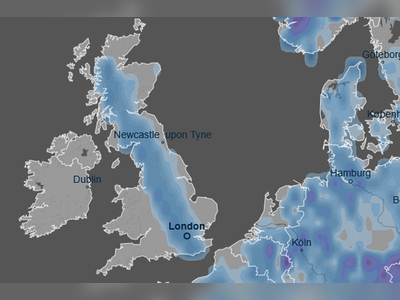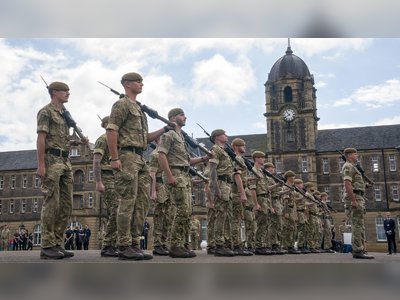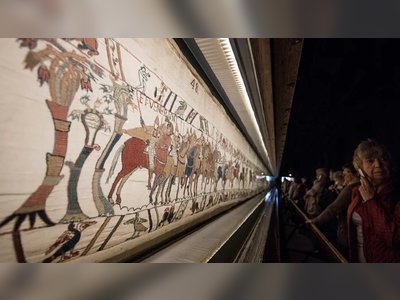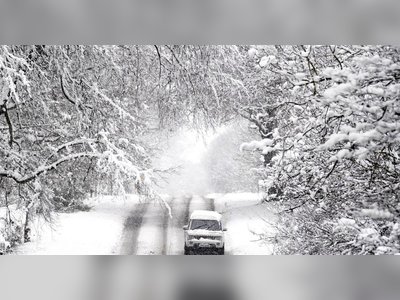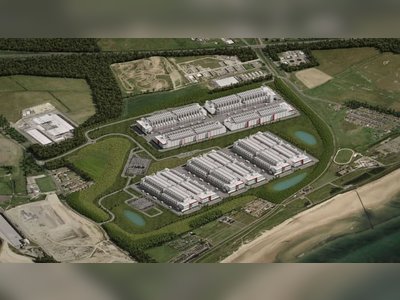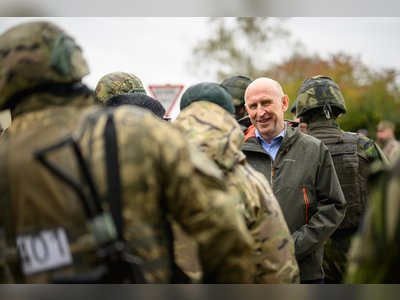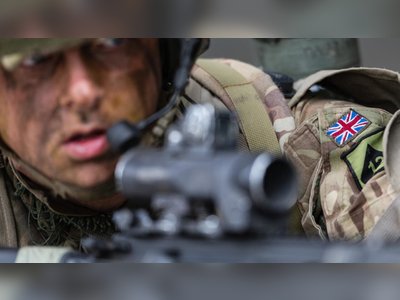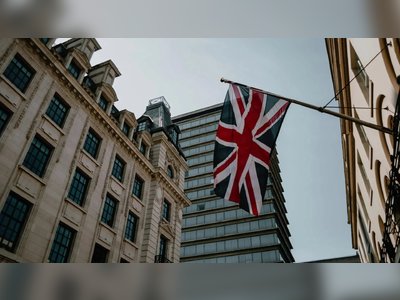
What are smart motorways and are they dangerous?
The Commons Transport Committee raises concerns over "all-lane running" stretches of road - these do away with the hard shoulder, but critics say they can leave cars stranded in fast-moving traffic.
What is a smart motorway?
A smart motorway is a stretch of road where technology is used to regulate traffic flow and - hopefully - ease congestion. There are three main types:
* Controlled, which have a permanent hard shoulder, but use technology such as variable speed limits to adjust traffic flows
* Dynamic, where the hard shoulder can be opened up at peak times and used as an extra lane; when this happens, the speed limit is reduced to 60mph
* All-lane running, where the hard shoulder has been permanently removed to provide an extra lane; emergency refuge areas are provided at regular intervals for cars that get into trouble
All three models use overhead gantries to direct drivers. Variable speed limits are introduced to control traffic flow when there is congestion, or if there is a hazard ahead. These limits are controlled by speed cameras.
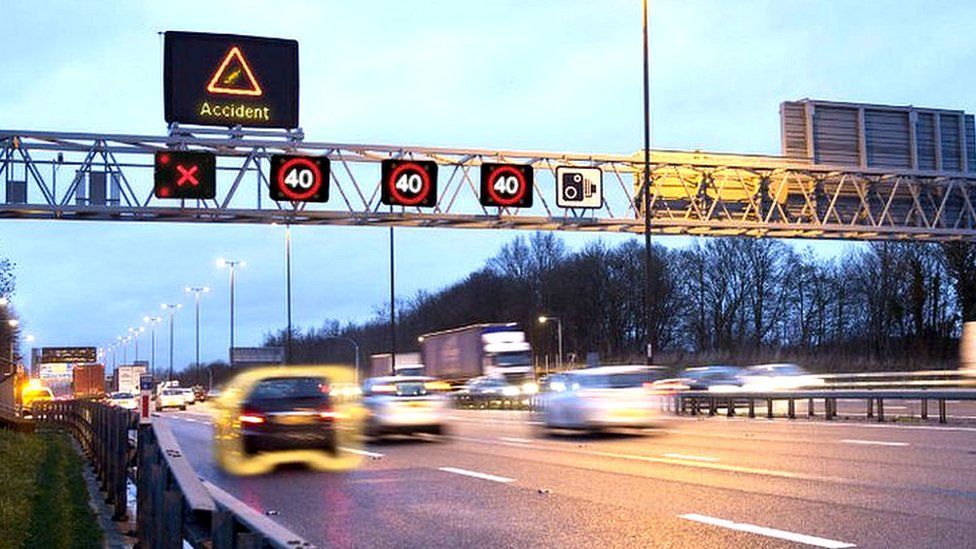
On dynamic motorways, the overhead gantries are also used to tell drivers whether or not they can drive on the hard shoulder. A red X is displayed if a lane is closed, for example, due to an accident or breakdown, and traffic is monitored using closed circuit television.
If drivers get into trouble, they are meant to aim for the emergency refuge areas (essentially laybys) placed at intervals along the road.
All-lane running schemes operate in the same way, except there is no hard shoulder at all.
Earlier this year, the government said that no new sections of this kind of motorway would be opened unless they were equipped with radar technology, to detect stranded vehicles more quickly.
Where are smart motorways?
There are about 375 miles of smart motorway in England, including 235 miles without a hard shoulder.
The first sections of controlled motorway were introduced on the M25 in the 1990s. Nowadays almost the entire route around London is made up of either controlled or all-lane running sections.
Dynamic sections - which are currently being phased out and replaced with all-lane running - are largely concentrated along the M6 and the M42 in the Midlands, as well as on the M62 outside Leeds and Bradford.
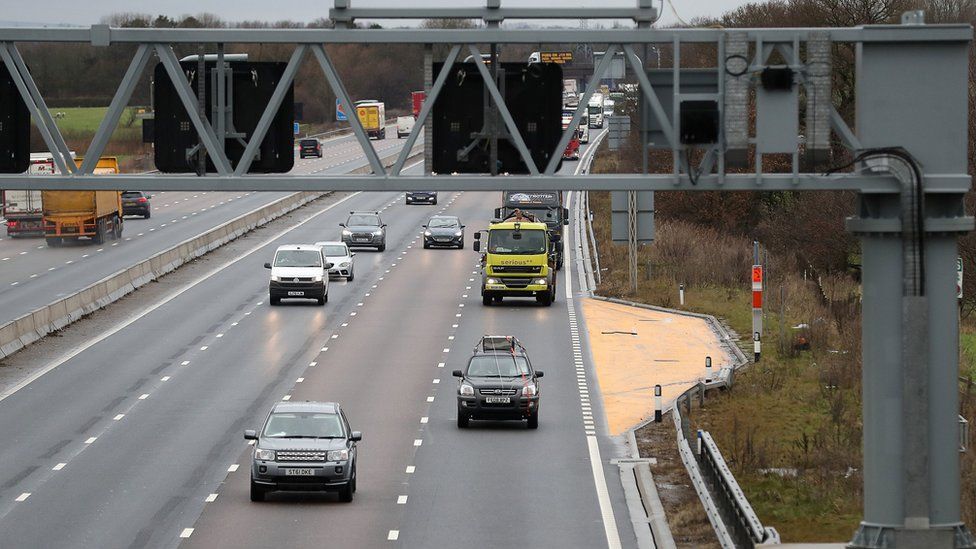
Elsewhere, significant parts of the M1, the M6, the M3 and the M4 have all been converted to either controlled or all-lane running, along with other parts of the M62 and M42.
Are smart motorways dangerous?
Motorways in general are pretty safe - they account for far fewer casualties than rural or urban roads, despite the high speeds involved.
The big question is whether smart motorways are more dangerous than conventional ones.
Controlled motorways where speed limits vary are not the problem. Statistically, they are safer than any other kind.
It's the removal of the hard shoulder - either permanently or temporarily - that causes concern. Vehicles can be left stranded in a stream of fast-flowing traffic, and emergency vehicles may struggle to get through to an incident.
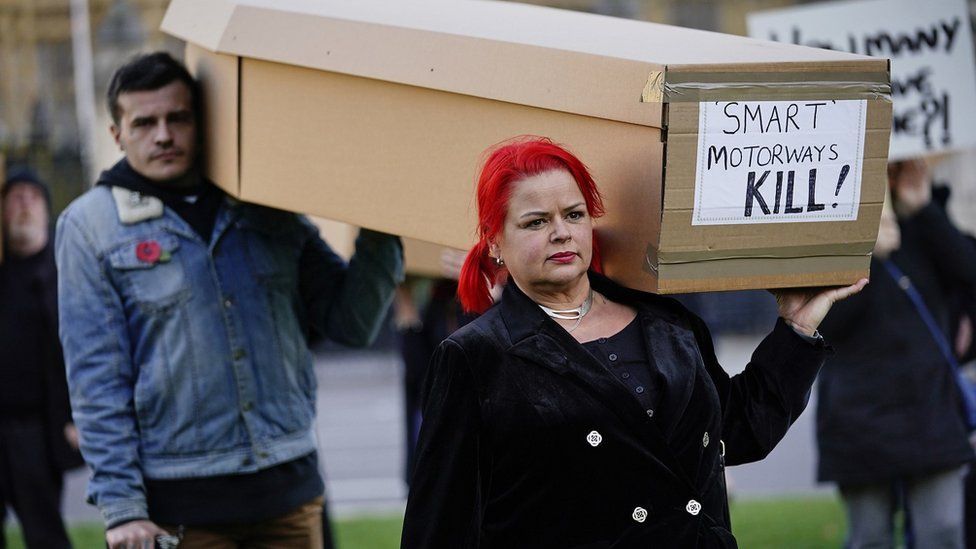
According to government figures obtained by Panorama in 2020, 38 people were killed on smart motorways between 2014 and 2019.
Figures quoted by the Commons' Transport Committee show that the number of deaths on motorways without a hard shoulder rose from 5 in 2017 to 15 in 2019. But the size of the network also increased.
Separately, research into the first stretches of motorway converted to all-lane running show that although the rate of fatal and serious injuries went up, the number of overall casualties went down.
However, all-lane running motorways haven't been in operation for very long, so there isn't a huge amount of available data.
Recent RAC research found a clear majority of people were in favour of scrapping all-lane running motorways, and bringing back the hard shoulder.
But the hard shoulder is itself a safety risk - one in 12 motorway deaths occur there.
What are MPs calling for?
In their report, the MPs say they are "not convinced" that the benefits of all-lane running motorways are enough to justify the safety risks of permanently removing the hard shoulder.
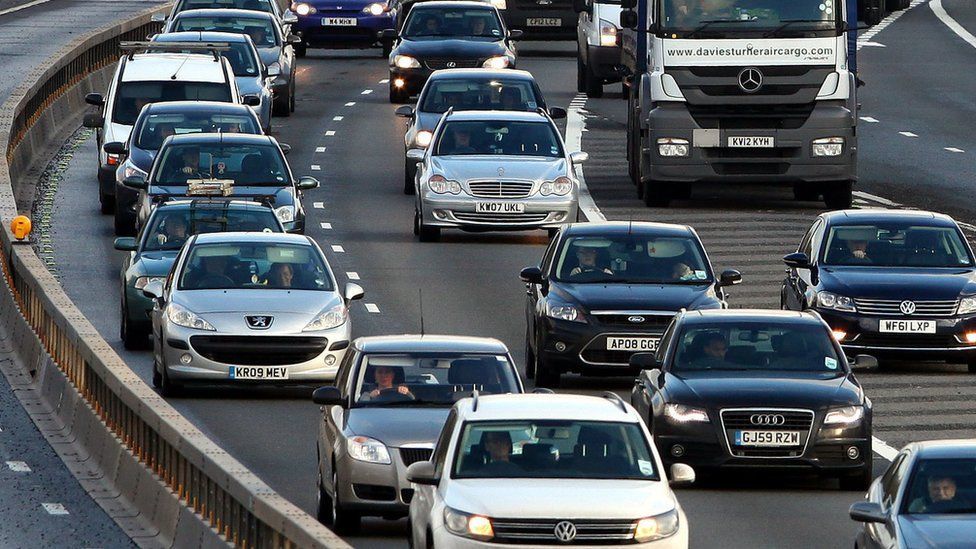
They want the government to pause the rollout of new stretches of all-lane running for five years, in order to collect more information and make existing schemes safer.
They also want to suspend current plans to turn all dynamic stretches of smart motorway into all-lane running.
In addition, they are calling for:
* more emergency refuges to be installed so that drivers don't have to go as far if they need to stop
* an independent evaluation of the technology used to detect stranded vehicles
* changes to the highway code, so that drivers in stationary traffic are required to leave room for emergency vehicles to get through
The Department for Transport has said it will consider the recommendations.

